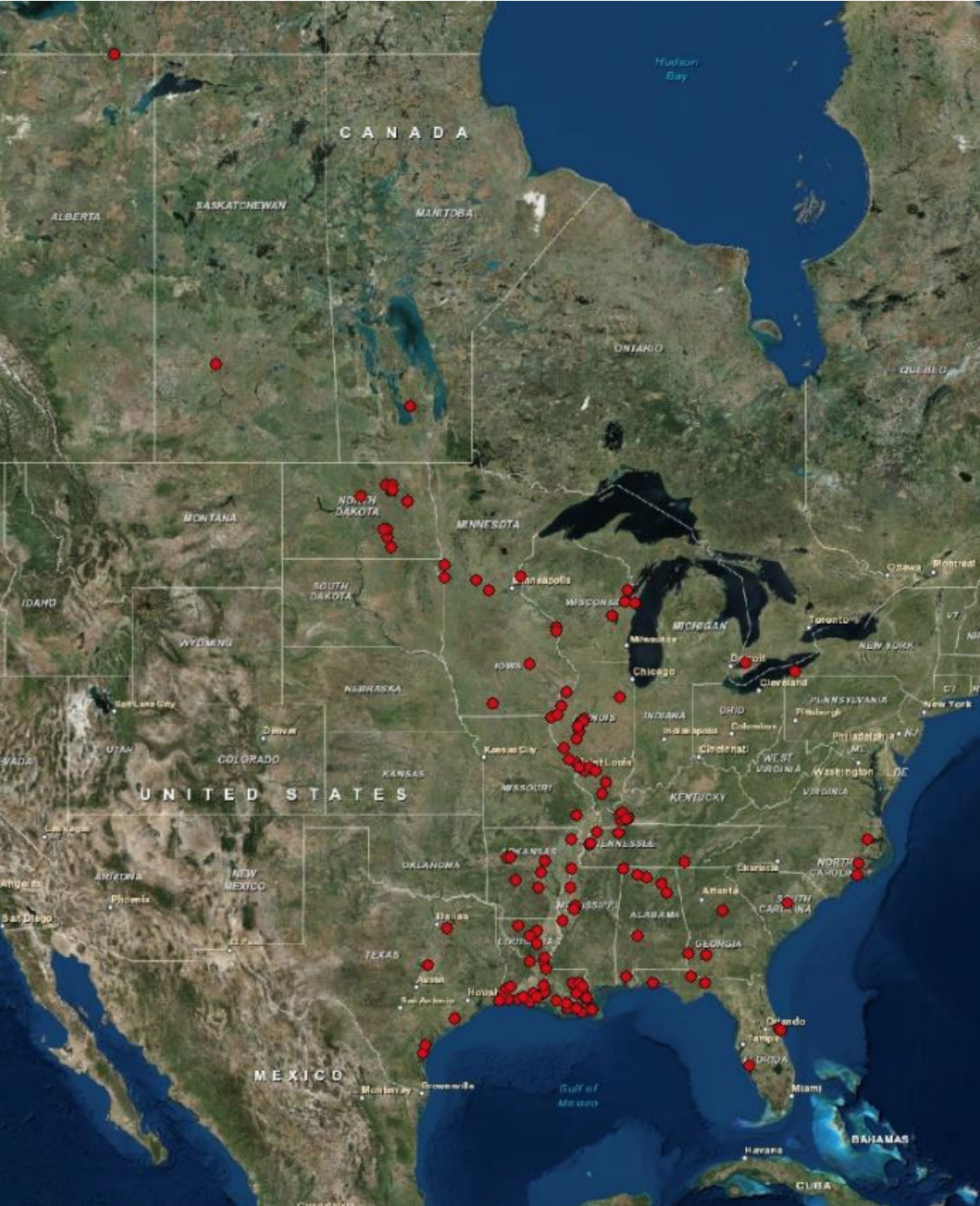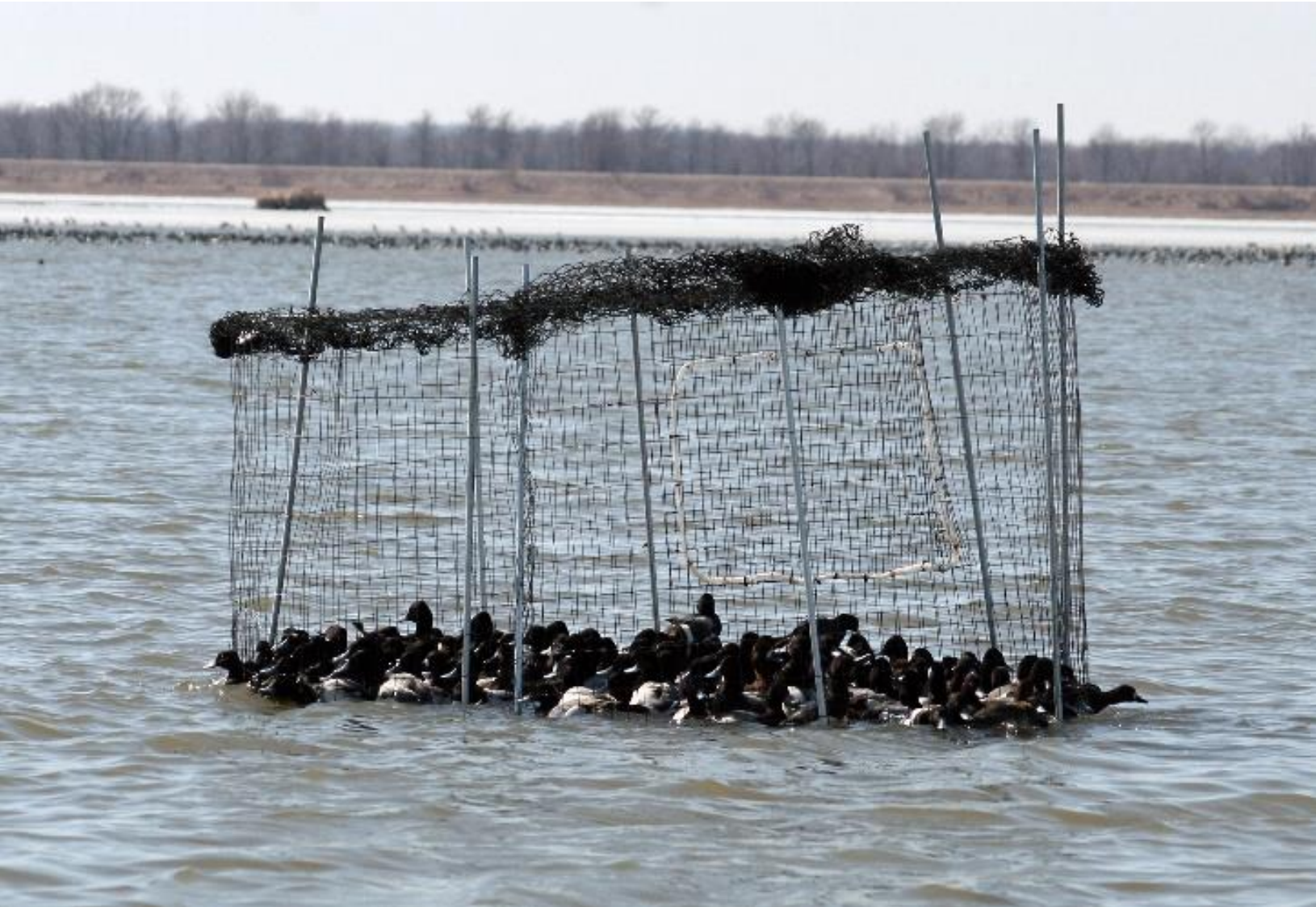
A major weather system tracked across the Midwest over the weekend of November 18th , and many of us were expecting a big push of ducks. But from what many hunters witnessed in the duck blind, we only had a small movement of ducks into the Illinois River valley on Saturday morning, or the mallards arrived and left very quickly as gunning declined drastically by Monday morning. Indeed, Doppler radar indicated emigration events on both Saturday (November 19th) and Sunday (November 20th) evenings along the middle Illinois River. Darn the bad luck! These observations were corroborated by the waterfowl survey that was flown on Monday, November 21st. Duck abundance (283,585) on the Illinois River actually declined 15% from the previous week, and even mallard numbers were down 14% from what we counted on November 14th . Illinois River mallards (114,300) were 19% below average for the week of Thanksgiving. In contrast, many reports of new ducks were heard from the lower portion of the central Mississippi River. We estimated total ducks (468,735) increased 27% from the November 14th survey and were 40% above the 10-yr average along the Mississippi River. Mallards more than doubled along the central Mississippi where they were up 52% from last week. We even had a bunch of canvasbacks (27,500) show up on Pool 19. Other diving ducks observed on Pool 19 included common goldeneye and bufflehead. The difference between the two rivers can be attributed to the devastating flood that occurred in August along the Illinois River. That flood wiped out most of the duck food in the Illinois Valley, and it has been apparent in our duck numbers this fall. For some of us, it has been the worst duck season in recent memory.
With the arrival of some diving ducks this week, I decided to write about the Forbes Biological Station’s banding program. Have you ever wondered where ducks go when they leave central Illinois? My colleagues, Chris Hine and Heath Hagy, described the recovery locations of spring banded lesser scaup in a popular article printed last winter and I’ll borrow from them. Since 2012, we have banded >7,500 lesser scaup during spring migration at Chautauqua National Wildlife Refuge, Emiquon Preserve, and Anderson Lake State Fish and Wildlife Area. From these marked birds, we have had 164 recoveries (mostly hunter harvested birds) extending from the Northwest Territories to the Gulf of Mexico. Our spring banded lesser scaup were harvested in Louisiana (24%), Illinois (20%), North Dakota (7%), and several other states. The harvest distribution of these birds illustrated the need to manage our waterfowl populations at the flyway and continental scales. If you would like a copy of the lesser scaup article, visit the following link.


Stay tuned for more updates next week…

